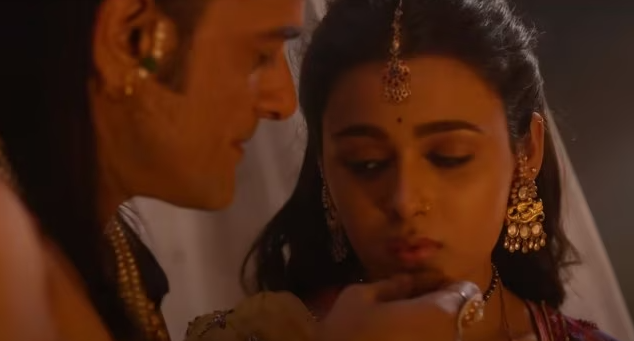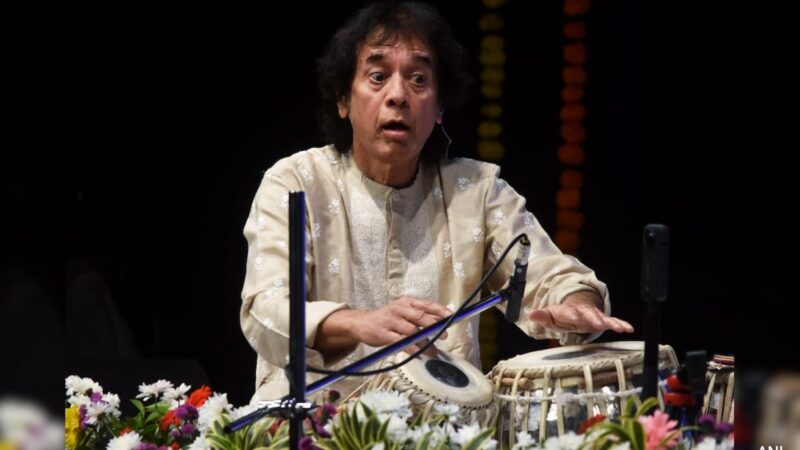Defending the Storytelling in “Maharaj”: Director Siddharth P Malhotra on Shalini Pandey’s Character Transformation

“Maharaj,” the latest film starring Junaid Khan, Shalini Pandey, and Jaideep Ahlawat, has sparked discussions and debates since its release on Netflix. Among its controversial elements is the rapid transformation of Shalini Pandey’s character, Kishori, from a blind supporter of Maharaj to realizing his predatory nature, culminating in her tragic suicide. In a recent interview, director Siddharth P Malhotra addressed the criticism surrounding Kishori’s character arc.
The Controversial Transformation
Kishori’s character arc in “Maharaj” has been a point of contention among viewers and critics alike. She begins as a devout follower of Maharaj, portrayed by Jaideep Ahlawat, who claims the mantle of a godman. However, her perception shatters when she witnesses Maharaj attempting to assault her sister, leading to a sudden realization of his heinous actions.
Director’s Defense
During an interview with Zoom, Siddharth P Malhotra responded to questions about Kishori’s abrupt transformation in the film. He explained, “It’s a film. If I don’t move its story, people will say the film is slow.” Malhotra emphasized the constraints of storytelling within the film’s runtime, stating, “In a two-hour film, you have to move from one point to another. There’s so much to say that there are no other options but to move the story ahead.”
Malhotra acknowledged that in a more realistic scenario, Kishori would have needed time to process her disillusionment and the betrayal of her beliefs. He admitted, “Graph wise, for Shalini, if I had more time, then I would play with more scenes to feel that empathy and understanding of what has gone to her entire belief system.” However, he justified the narrative choice by highlighting the necessity to advance the plot towards pivotal moments like the impending libel case.
Balancing Storytelling Needs
The director’s defense underscores the challenges of compressing complex character developments into a limited runtime. He clarified that while Kishori’s transformation may seem abrupt, it serves the narrative’s broader purpose of propelling the storyline towards critical junctures.
Conclusion
“Maharaj” continues to evoke strong reactions for its portrayal of sensitive themes and character arcs. Siddharth P Malhotra’s explanation provides insight into the creative decisions behind Kishori’s character development, emphasizing the balance between narrative pacing and character depth in cinematic storytelling.


